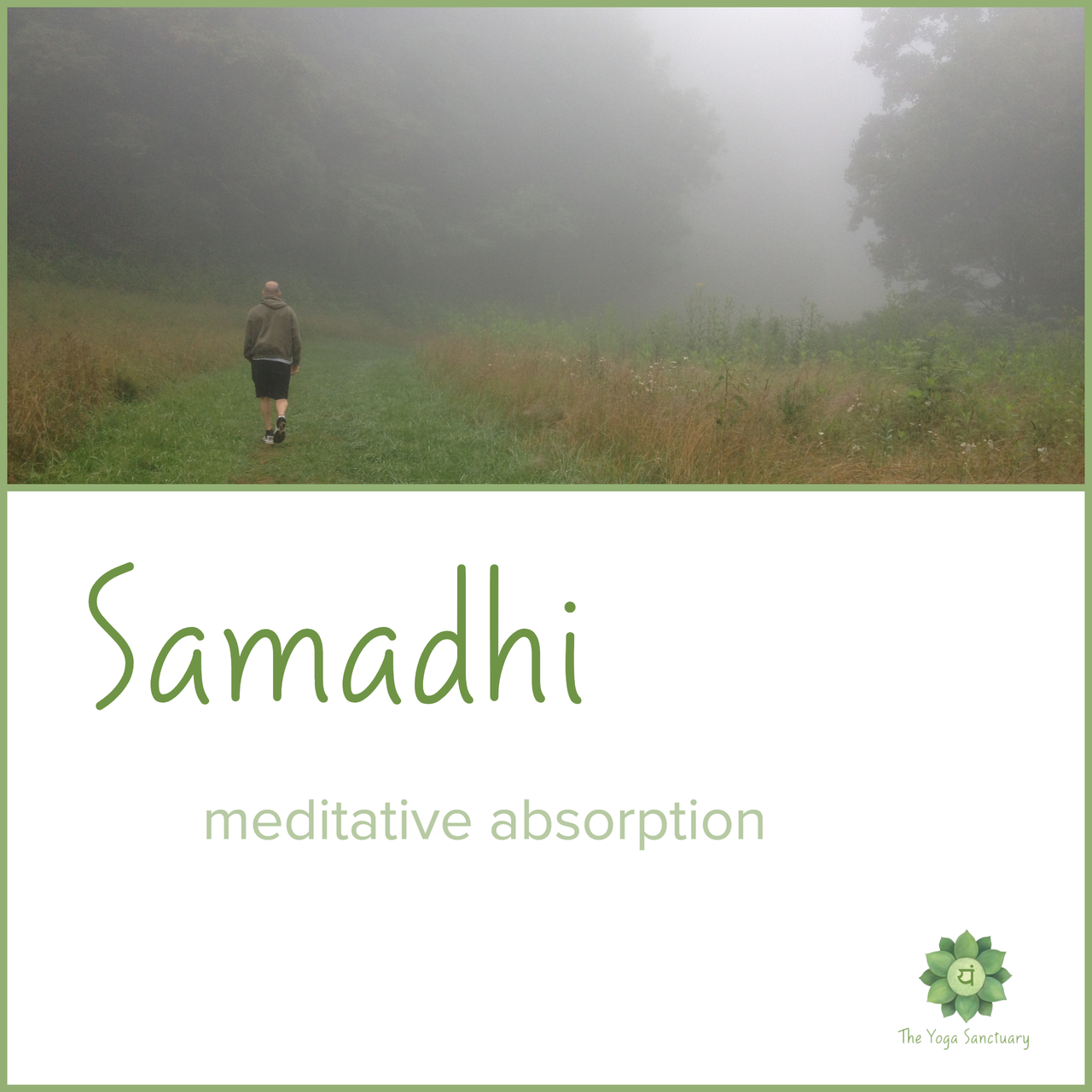
In the practice of yoga, each limb builds upon the last, guiding us toward greater self-awareness, spiritual connection, and inner peace. The eighth and final limb, samadhi, represents the culmination of this journey, a state in which the meditator becomes one with the object of meditation. This realization is not something we can simply grasp through thought—it is an experience beyond words, one that cannot be explained but only felt.
The Path Leading to Samadhi
The path to samadhi is set by the previous limbs, each preparing the body, mind, and spirit for this deep union. The yamas and niyamas, the ethical and moral practices of yoga, guide us toward purity of thought, speech, and action. These practices create the right internal environment for inner peace to take root, paving the way for deeper practices. Without these ethical foundations, samadhi remains distant, as the mind continues to be clouded by distractions and desires.
The Role of Asana and Pranayama
Once the ethical groundwork is laid, the practice of asana, or physical postures, helps refine the body, releasing tension and creating a stable foundation for meditation. A comfortable body supports a calm mind, allowing us to move deeper into awareness. Alongside asana, pranayama—the practice of controlling the breath—helps regulate the flow of energy within the body. By slowing the breath, we can still the mind, preparing it for the focus required in meditation.
Pratyahara, Dharana, and Dhyana: The Deepening Practices
Once the body is at ease and the breath is regulated, we turn inward with pratyahara, dharana, and dhyana. Pratyahara, the withdrawal of the senses, teaches us to detach from the distractions of the outside world. This is followed by dharana, where we focus the mind on a single object, thought, or mantra. In dhyana, this concentration deepens, and the mind becomes absorbed in the object of meditation, moving toward a continuous flow of awareness.
The Union of Samadhi
Samadhi is the natural outcome of this practice, the final step where the meditator becomes united with the object of meditation. It is not merely an intellectual concept—it is a direct experience of oneness. As B.K.S. Iyengar describes, in samadhi, the individual soul merges with the Universal Soul. This union transcends intellectual understanding, for it is a direct experience of our interconnectedness with all that is. In samadhi, distinctions between self and other disappear, and we experience reality as it truly is.
Samadhi Cannot Be Forced
Samadhi cannot be forced or practiced directly. As T.K.V. Desikachar explains, in this state, personal identity—name, occupation, history—completely dissolves. Samadhi occurs naturally when the mind is free from disturbances, allowing the true nature of reality to emerge. It is not something we can chase or strive for, but something that happens when the conditions are right. This is the paradox of samadhi: it comes not from effort, but from the absence of distraction.
It’s About the Journey, Not the Destination
It is important to remember that in the pursuit of samadhi, the journey is just as important as the destination. Whether or not we ever experience samadhi in its purest form, the practice itself—the return to the present moment, the breath, the body—brings us closer to the realization that we are connected to something greater than ourselves. This connection may be to a higher power, a deeper purpose, or the energy that flows within and around us, but it is the journey that matters most.
Begin with Your Breath
And so, we begin, as we always do, with the breath. Inhale, exhale. In each breath, there is an opportunity to move closer to the truth of who we are. Whether or not samadhi becomes our experience, the very act of practicing yoga brings us into closer alignment with the oneness that already exists within us.
